We got word (via the TV of Tomorrow newsletter) that a Hackathon (http://hack.tvot.tv) is taking place from June 22 – 23 (all day Saturday and Sunday) at the offices of Ignite Video, 202 Green Street, San Francisco, California–the actual facility where Philo Farnsworth invented electronic television more than 85 years ago.
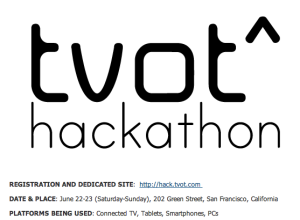
Ding! Jedemi Founder, Annie told us she didn’t care as much about the Hackathon as she did the gentle reminder that this was something Thomas Edison-esque — in San Francisco. Yes, our own Tommie.
So we did some quick Googling around and found this link:
202 Green Street is an unassuming building in the Northeast Waterfront District at the base of Telegraph Hill. Looking at it, you’d never assume that you owe your binge sessions of Game of Thrones and Real Housewives to a scientist who once worked there. In 1927, a scientist named Philo Taylor Farnsworth invented and patented the first operational all-electronic television system.
Farnsworth was just 21 years old when he and his team (including his wife Pem) transmitted the first all-electronic television image.
The labs were located on the second floor of the existing building, with a carpentry shop and a garage on the ground floor.
**
In another post (The Edison of Green Street: How a 21-Year-Old Genius Invented the Television—In the Shadow of Telegraph Hill), delves into some interesting parts of the story — like how disappointed he was in the Green Street location:
Farnsworth had anticipated a space near the top of Telegraph Hill, where he could conduct his work free of interfering power lines. Instead, the Green Street building abutted the very bottom of the hill, where there was always a danger of rock slides.
Green Street Visitors:
Word of Farnsworth’s work had leaked out, attracting prominent visitors to Green Street.
>> In 1930, the radio pioneers Guglielmo Marconi and Lee De Forest visited the lab.
>> They were followed by actress Mary Pickford and her husband Douglas Fairbanks Sr.
>> David Sarnoff the president of RCA who himself was obsessed with winning the race to turn television into a marketable product, also came knocking on the door at Green Street in 1931.
Initially saying, “There’s nothing here we’ll need,” Sarnoff later offered Farnsworth $100,000 for his patents.
Not for Sale:
Farnsworth rejected the offer, not only because it was a puny sum considering what he had to sell, but because like his role model Thomas Edison, he did not want to sell his patents. What he wanted was to establish a licensing agreement with RCA. But Sarnoff was not interested in licensing agreements. He was determined to own the rights and eventually, Sarnoff and RCA challenged all 14 of Farnsworth’s patents.
After about five years of this, with the U.S. Patent Office ruling in Farnsworth’s favor every time, RCA finally settled with Farnsworth — agreeing to pay $1 million for the rights to his main patents.
**
Circling back to the tvot^ Hackathon the intent is to bring together hackers and creatives to envision and build the TV of Tomorrow.
Specifically, the hackers will be challenged to envision the TV of Tomorrow by conceiving, designing and building TV/video apps and experiences, primarily–though not exclusively–using technologies, platforms, content and knowledge contributed by the Hackathon hosts and sponsors.
Per the website, the SDKs are: Android, iOS, Synchronizing Mobile with TV and Metadata (Gracenote), Mobile Video Editing (Ignite Video), Commerce (PayPal), 3D Motion (LeapMotion), Voice Control (Nuance), Connected TV (Samsung Developers AllShare Framework)
The platforms being used include: Connected TV, Tablets, Smartphones and PCs.
Special emphasis will be placed on apps and experiences that employ broadcast synchronization, rich metadata and natural user interfaces (a number of Leap Motion Controllers will be available for participants to use), and that explore the relationship between TV and the second screen; however, participants are ultimately free to implement their visions of the TV of Tomorrow however they wish. Hackers will receive points for every participating company’s technology that they employ and, most importantly, for the originality, elegance and usefulness (viability, scalability, monetizability etc.) of the app or experience they create.
Open to “hackers” of all kinds (including coders, but also front-end and motion-graphic designers, content visionaries, business visionaries, students, storytellers, filmmakers and others), the “grand prize” is supposedly cash of an amount TBD, as well as the opportunity to present at the TVOT show, and recognition in the [itvt] newsletter, daily news Web site and the TVOT Web site.
Sponsor companies will also be providing a selection of exciting prizes for the most innovative hacks.
***
Farnsworth wasn’t vying for a prize. He had a vision — something in his head — that he needed to make happen. It will be interesting to watch this space and see if the hackers can come up with something that will change how we engage with television in the future.
###
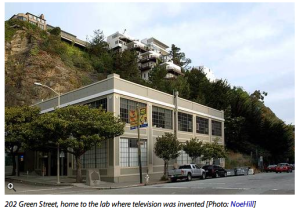
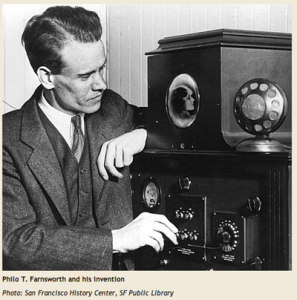

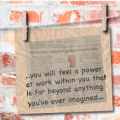

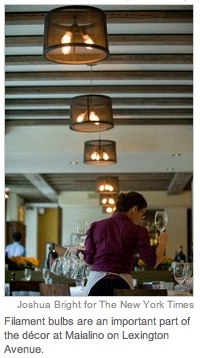

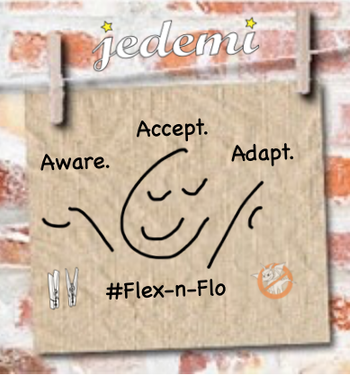
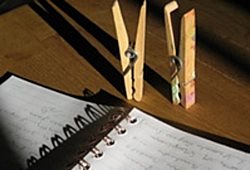
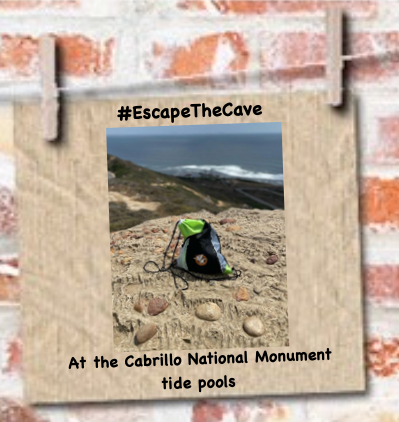


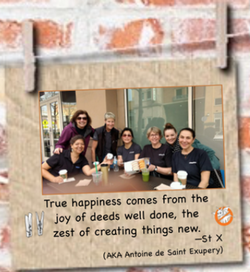


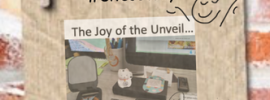
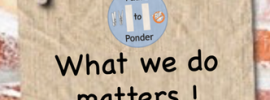
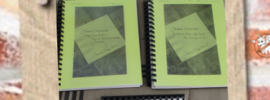

The prizes were just announced: http://itvt.com/story/9745/tvot-hackathon-feature-5000-grand-prize-sponsored-dolby-labs